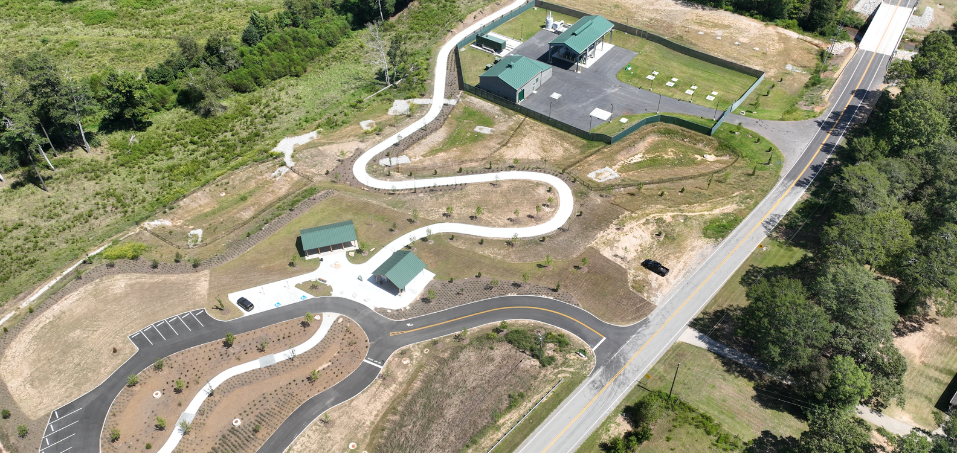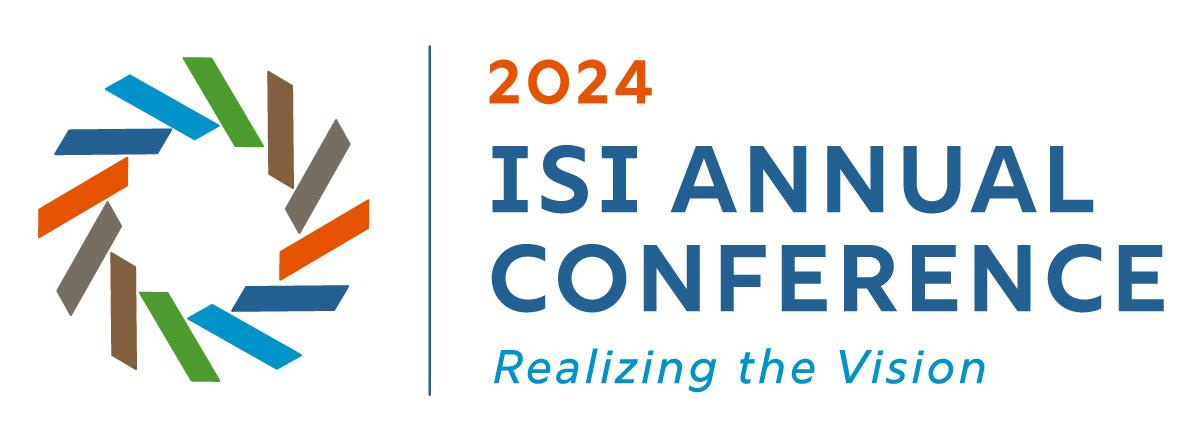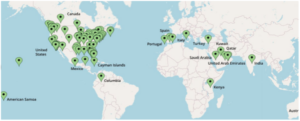ISI Initiates Envision v4 Process
13-February-2025
 The Institute for Sustainable Infrastructure (ISI) and the Envision Review Board have initiated a process to refine and enhance the Envision Sustainable Infrastructure Framework, with the objective of publishing Envision version 4 (v4) in 2028.
The Institute for Sustainable Infrastructure (ISI) and the Envision Review Board have initiated a process to refine and enhance the Envision Sustainable Infrastructure Framework, with the objective of publishing Envision version 4 (v4) in 2028.
Envision v4 will continue to provide a streamlined, flexible, and globally adaptable framework for assessing and verifying sustainable infrastructure projects. The updated version is intended as an improvement rather than a significant rewrite to v3, to ensure the framework’s continued relevance, usability, and alignment with industry trends and needs. Envision v4 represents the next phase of Envision’s leadership in supporting sustainable infrastructure best practices, by providing a robust, credible, and valuable tool applicable across a diverse range of project contexts and geographic regions.
We anticipate that Envision v4 will respond to evolving user needs and feedback on potential areas of improvement by:
Much of this, though, is yet to be determined through the work of the Envision Review Board with input from the Envision community. A summary timeline for v4 development is shown below. Additional detail will be added as the process progresses.

Frequently Asked Questions
We realize the introduction of a new version of the Envision Framework raises a lot of questions. You’ll find responses to a few below.
Will v4 be a significant rewrite of v3?
Envision v4 is not intended to be a major rewrite, but rather a honing and refinement of the requirements in v3.
Can I still register and pursue verification under v3? When will v3 be closed to new registrations?
You can still register and pursue verification under v3. Dates have not yet been set to close v3 registration, but that will likely occur during or after 2028, depending on the v4 launch date.
Will there be a deadline to submit projects for verification under v3? How long will v3 be around?
There are currently no plans to sunset v3 verification for projects registered in v3, given the lengthy timelines for civil infrastructure projects.
How can I provide feedback?
There will be multiple opportunities to provide feedback – both on Envision v3 and the draft revisions. Check this page for schedule updates and subscribe to the ISI newsletter through your ISI account or at the bottom of the page to stay updated on the process.
How will v4 impact completed projects/awards?
The release of v4 will have no impact on projects that have already gone through the verification program and received an award. The refinement is intended to make sure the framework continues to align with industry trends and user needs, but the update does not diminish the sustainability successes of v2 and v3 projects.











